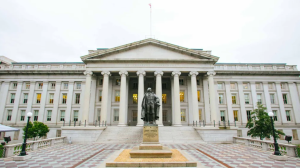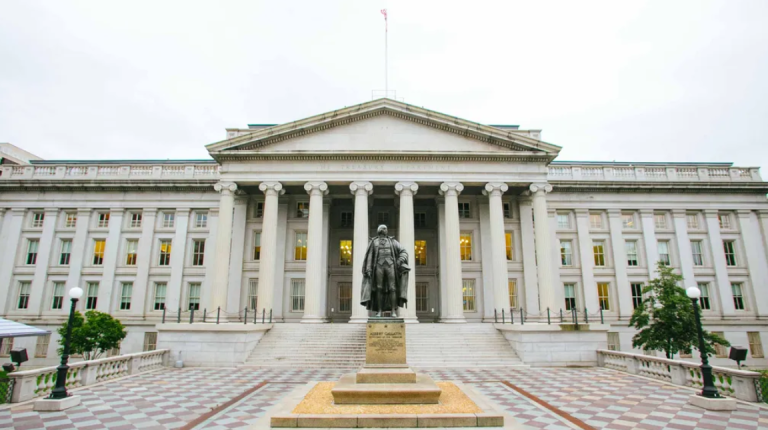Investing, like most aspects of life, has evolved significantly over the years. Yet, some investors cling to outdated beliefs and practices that harken back to the 1950s. In this article, we explore the importance of adapting your investment strategy to the modern landscape and the perils of adhering to a bygone era’s mindset.
- Embrace Technological Advancements:
The 1950s were devoid of the technological marvels that shape today’s financial markets. With the advent of the internet and digital platforms, information and trading have become faster and more accessible than ever. Investors who continue to rely on traditional methods may miss out on opportunities and make decisions based on outdated information.
- Diversify Beyond Blue Chips:
In the 1950s, blue-chip stocks from established companies were the primary investment vehicles. While they remain a stable choice, modern investors recognize the importance of diversifying across various asset classes, including bonds, real estate, and even cryptocurrencies. A diverse portfolio helps mitigate risks and enhances the potential for growth.
- Active vs. Passive Investing:
The 1950s were synonymous with active stock picking, where investors sought to outperform the market. However, the rise of passive investing, through exchange-traded funds (ETFs) and index funds, has gained immense popularity. Investors today are more inclined to adopt a combination of both strategies, recognizing the value of cost-effective, long-term investment.
- ESG Investing:
Environmental, Social, and Governance (ESG) investing is a concept that barely existed in the 1950s. Today, it’s a critical consideration for socially responsible investors. Evaluating a company’s ethical, social, and environmental impact has become integral to many investment decisions, reflecting a modern approach to wealth management.
- Risk Management:
Risk assessment and mitigation strategies have evolved dramatically. In the 1950s, risk analysis was rudimentary, with limited tools to predict and manage market volatility. Today, investors use advanced risk assessment models and employ a variety of hedging strategies to protect their portfolios from unexpected market turbulence.
- Behavioral Finance:
The study of behavioral finance, understanding how psychological biases can influence financial decisions, is a recent development. Modern investors recognize the impact of emotions on investment choices and employ techniques to overcome these biases, improving their overall decision-making process.
- Globalization:
In the 1950s, investment opportunities were primarily domestic. Today, globalization has opened up a world of investment possibilities. Modern investors have access to international markets, allowing them to diversify further and tap into emerging economies’ growth potential.
While there’s a certain nostalgia associated with the investment strategies of the 1950s, clinging to that mindset in today’s dynamic financial landscape can hinder your financial growth and stability. To thrive in the 21st century, it’s crucial to adapt your investment approach. Embrace technology, diversify your portfolio, consider ESG factors, manage risk, and be aware of the behavioral biases that can impact your decisions. By doing so, you’ll be better prepared to navigate the complexities of modern investing and seize the opportunities it presents.



































